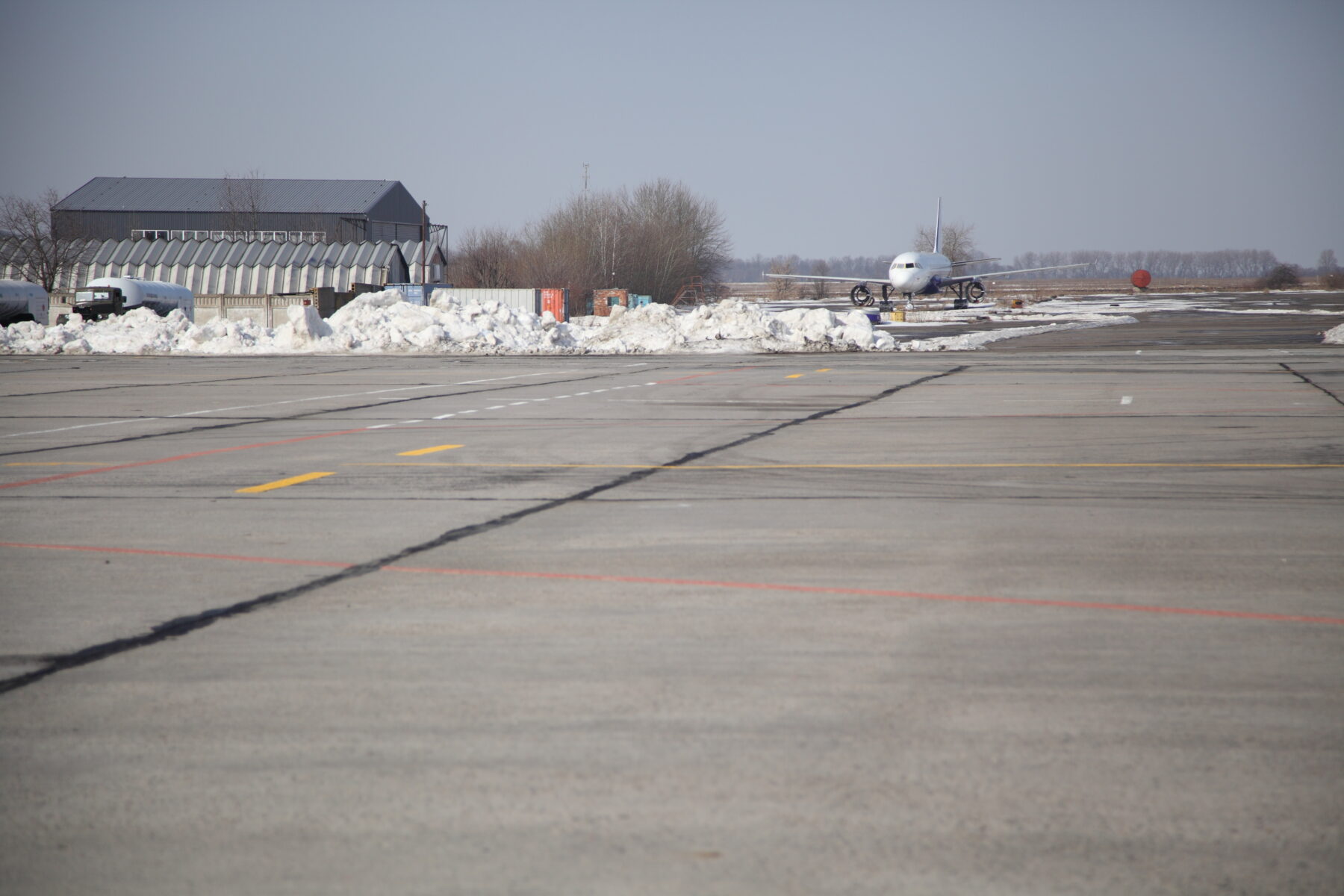Winter Airport Runway Construction: Concrete & Aggregate Guide
December 5, 2024
Winter airport runway construction demands meticulous planning, durable materials, and specialized techniques to ensure safe, functional, and resilient surfaces. As a way of addressing proper development, outlining the critical aspects of concrete and aggregate selection, design considerations, and best practices in winter-specific runway construction, is a great place to start.
High-Performance Concrete
Because concrete can withstand heavy loads and resist temperature swings, it is an ideal choice for winter runway construction. Additives like epoxy help high-performance concrete (HPC) to resist freeze-thaw cycles of winter. Epoxy modifiers improve the concrete’s resistance to cracking, so they are perfect for regions that experience particularly severe weather. HPC’s lower maintenance requirements and longer life give long-term value regardless of its initial investment.
Frost-Resistant Aggregate
Aggregate quality is crucial in winter construction. Aggregates should be dense, hard, and resistant to freeze-thaw damage. Norwegian granite, commonly used for airport runways, ideal for its strength and durability under cold conditions. Using well-tested aggregates in the stone reservoir layer of porous asphalt systems can improve drainage, preventing water accumulation and reducing the risk of surface ice formation.
Pavement Type and Usage
Runway pavement selection—rigid concrete or flexible asphalt—depends on usage demands. Concrete is often chosen for its stability and load-bearing capacity, while asphalt can be advantageous in areas needing rapid installation or flexibility. Each type has design implications, especially in winter conditions where exposure to snow, ice, and chemicals like deicers affects longevity. Ensuring pavement layers are compatible with the expected traffic and environmental conditions is essential.
Hydrological Planning
Water management is critical in winter conditions to prevent runway ice hazards. Hydrological design should include effective drainage systems and permeable materials where possible. Porous asphalt pavements allow water to flow through and be absorbed into an underlying reservoir layer, reducing surface ice formation and maintaining runway traction. Hydraulic calculations are also essential to ensure adequate storage capacity for stormwater during heavy precipitation.
Phased Construction and Planning
Construction sequencing, or phasing, is key in winter runway projects to minimize disruptions and manage time-sensitive operations. Coordinated scheduling between contractors and airport management helps maintain operational capacity while runway sections are under construction. Preparing the existing surface through milling is often necessary to enhance bonding between layers, which is crucial for ensuring surface durability in cold weather.
Curing Methods and Temperature Control
Curing is critical to concrete’s long-term strength, particularly in winter when low temperatures can slow the process. Proper curing methods, such as insulating blankets or heated curing compounds, are used to maintain consistent temperatures. Advances in monitoring technologies, such as ultrasonic transmission measurement, help assess curing progress, ensuring that concrete reaches the necessary strength before exposure to operational loads.
Sustainable Materials
Winter runway construction increasingly incorporates sustainable materials, aligning with environmental goals in the aviation sector. Ferrock, a concrete alternative made from recycled materials, and recycled plastic products for insulating layers are examples of eco-friendly options that perform well in winter conditions. Such materials not only reduce landfill waste but also often provide added durability, aligning with sustainability practices without compromising performance.
Heated Runway Systems
In severe winter regions, airports are also using heated runway systems to keep their surfaces free of snow and ice. For example, the ICAX Solar Runway System gathers and stores solar energy in warmer months then releases it to melt ice in winter. This creativity offers a sustainable, effective answer to winter challenges by lowering dependence on mechanical snow removal and chemical deicers.
Stringent Testing Protocols
Quality control in runway materials ensures they meet strict standards for freeze-thaw durability. Testing methods, including rapid freeze-thaw cycles and assessments of air void content, help identify potential weaknesses in concrete and aggregate mixes before installation. The Federal Aviation Administration’s (FAA) NextGen Pavement Materials Lab conducts such testing, supporting the development of more durable materials for winter construction.
Proactive Maintenance
Once operational, winter runways require proactive maintenance to prevent deterioration. Regular inspections following extreme weather events reveal potential issues early. Sealants applied every few years protect concrete surfaces from UV rays and moisture, while efficient drainage systems help avoid water pooling, reducing freeze risks. Maintenance efforts are essential to uphold the runway’s structural integrity, safety, and performance over time.
Winter airport runway construction involves a combination of high-performance materials, strategic design, and advanced construction techniques. From frost-resistant aggregates to heated runway innovations, each component serves to enhance durability and safety in extreme weather conditions. These practices underscore the importance of using specialized materials and methodologies that anticipate and mitigate the challenges of winter, setting a standard for durable and sustainable infrastructure in aviation.


